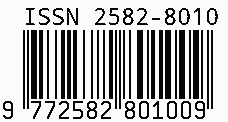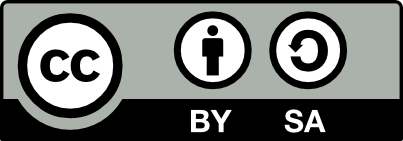
International Journal of Leading Research Publication
E-ISSN: 2582-8010
•
Impact Factor: 9.56
A Widely Indexed Open Access Peer Reviewed Multidisciplinary Monthly Scholarly International Journal
Plagiarism is checked by the leading plagiarism checker
Call for Paper
Volume 6 Issue 12
December 2025
Indexing Partners



















Enhancing CPU Performance in Conflict-Free Graph Coloring Using the BRON-KERBOSCH Algorithm
| Author(s) | Raghavendra Prasad Yelisetty |
|---|---|
| Country | United States |
| Abstract | A network representation consists of a set of points (termed nodes or vertices) interconnected by links (called edges). Each link establishes an association between two points, signifying a direct or indirect relationship. These structures are classified based on the properties of their connections and points. A one-way network (directed graph) features connections with specified orientations, meaning each link moves from one node to another in a designated direction. Conversely, a two-way network (undirected graph) has links without a fixed direction, implying mutual connectivity between nodes. In a valued network (weighted graph), each connection is assigned a numerical attribute, commonly used to depict quantities such as cost, length, or capacity, while in a non-valued network (unweighted graph), connections merely signify associations without numerical emphasis. Network labeling is a strategy in which identifiers are assigned to nodes or links while following specific conditions. The key aim is to ensure that linked nodes or edges do not receive identical labels. This approach plays a vital role in resolving numerous practical problems, including workflow organization, territory segmentation, channel distribution in wireless networks, and even logic-based games like Sudoku. A proper assignment guarantees distinct labels for adjacent nodes. The least number of labels needed to correctly mark a network is called its chromatic index. Some networks require only two labels (resulting in a bipartite structure), while others demand more depending on their connectivity. A straightforward way to assign labels is through a sequential method that iteratively picks the smallest available label for each node, ensuring no neighboring node shares the same identifier. However, this technique does not always yield the lowest possible label count but provides a quick and straightforward resolution. Determining the least label count is generally complex and falls under NP-complete problems, indicating that obtaining an exact answer for vast networks can be computationally intensive. Despite its computational challenges, network labeling has extensive applications. For instance, it is widely used in compiler optimization for register allocation in processors. Similarly, it helps in designing efficient network structures by allocating frequencies to avoid signal overlap. Another crucial application is in scheduling tasks where resources must be assigned at distinct times without conflicts. This paper addresses the efficient usage of cpu while coloring the conflict the free graph for networking in kuberentes. |
| Keywords | Graph, Weighted Graph, Graph Coloring Node, Chromatic Value, Connection, Unweighted Graph, Directed Graph, Undirected Graph, Bipartite Graph, Tree, Subgraph, Isomorphism. |
| Field | Computer |
| Published In | Volume 3, Issue 5, May 2022 |
| Published On | 2022-05-05 |
| Cite This | Enhancing CPU Performance in Conflict-Free Graph Coloring Using the BRON-KERBOSCH Algorithm - Raghavendra Prasad Yelisetty - IJLRP Volume 3, Issue 5, May 2022. |
Share this


CrossRef DOI is assigned to each research paper published in our journal.
IJLRP DOI prefix is
10.70528/IJLRP
Downloads
All research papers published on this website are licensed under Creative Commons Attribution-ShareAlike 4.0 International License, and all rights belong to their respective authors/researchers.

